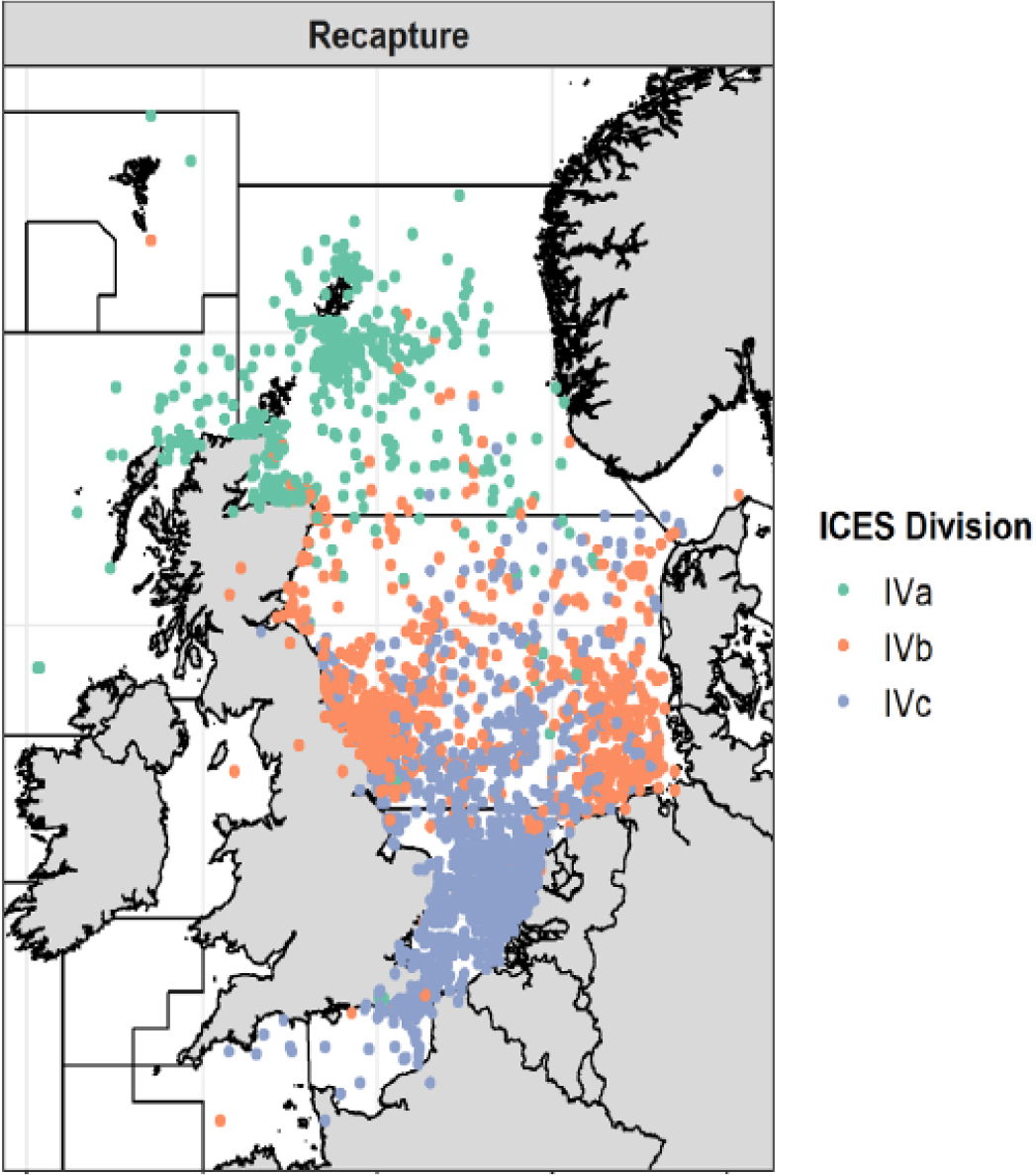An international group representing fishing industry interests in the North Sea and west of Scotland has condemned ICES advice for a 22% cut in the northern shelf cod TAC for 2025 as unnecessarily precautionary.
The Northern Fishing Alliance (NFA), which has supported and facilitated additional data collection in the fishery, says that the issue is the interpretation of the data, with ICES advising quota cuts for the two healthy sub-stocks, Viking and Northwestern, on the basis of a need to protect the third sub- stock, the Southern.
The NFA, which brings together fishermen from the UK, Norway and the EU, proposes that catch opportunities in 2025 should be 34,431t – an increase of 10% relative to the agreed TAC for 2024 of 24,900t.
This would result in a 2025 TAC of 27,390t in the North Sea, 1,531t in VIa (West of Scotland), 1,595t in VIId (Eastern Channel) and 3,915t in Skagerrak.
The NFA’s proposals are in stark contrast to the recently published ICES advice for a -22% cut in the TAC.
Its proposals and reasoning are set out in a position paper agreed at a meeting of the NFA in London at the end of August, which has been sent to all relevant fishery managers as the end of year TAC negotiations get underway.
The detailed position paper, seen by Fishing News, demonstrates the increase in all the sub-stocks of northern shelf cod and emphasises the lack of mixing between the Southern sub-stock – perceived by ICES to be the weakest component – and the Viking and Northwestern sub-stocks.
The NFA says ICES’ application of the precautionary approach across all three sub- stocks seems to be driven by uncertainty about the extent of mixing of the sub-stocks, which have very different spawning grounds, but then become more mixed during the rest of the year. The current position, the NFA suggests, is an intermediate step between single-stock assessment and a full mixed-stock model. “While NFA understands and agrees that some element of risk may exist, we strongly disagree with the extent of the risk and, importantly, how that risk should be managed,” the alliance says.

Recaptures of tagged cod at sea for at least 90 days, by release areas in the North Sea, including recaptures of 3,500 releases from IVc. (Graphic: ICES 2020 workshop on stock identification of North Sea cod)
Because there is little or no data on how the sub-stocks mix after spawning, ICES assumes, as a precaution, that there is full mixing of fish that spawned many hundreds of miles apart, says the NFA. It describes this as ‘flawed logic’, and because the advice calls for a reduction of fishing on stocks in relatively strong growth, ‘the NFA distances itself from the ICES position’.
It proposes instead that the setting of the cod TAC should be based on ICES’ description of the observed development of the individual sub-stocks.
Applying the MSY approach to the three stocks individually would see an overall increase of the 2024 TAC of 10%, but with an 8.45% reduction to the Southern North Sea cod TAC to 3,074t.
The NFA accepts that some mixing occurs between cod sub-stocks in the North Sea, but says that most of this takes place between the southern and central North Sea (areas IVc and IVb).
It says the available evidence indicates there is very little mixing between the south/central North Sea and the northern North Sea (IVa). In tagging experiments, 96% of cod released in the southern North Sea were recaptured in the same area or in the central North Sea.
A separate analysis found that of some 6,000 cod tagged and released in the southern North Sea, only 27 (0.5%) were recaptured in the northern North Sea. “Thus, catches of Southern cod in the northern North Sea are likely to be negligible.”
Takeaways from ICES assessment
Four important features stand out from ICES stock assessment, says the NFA:
- The current fishing pressure (the TACs for 2024) will still deliver growth in all three sub-stocks in 2025
- During 2024, ICES expects growth in the Southern sub-stock of 19.6%, in the Northwestern sub-stock of 21% and in the Viking sub-stock of 25.6%
- Seasonal migration of cod from the Southern to the northern areas is unlikely to occur at a level that will compromise the recovery of the Southern sub-stock
- It is counterinuitive to reduce the TAC at a time when there will be more cod on the grounds, and where the landing obligation forbids discarding.
The 10% increase on the 2024 TAC that the NFA says the data supports will not risk the continued growth in all three sub-stocks, or raise fishing mortality above the safe threshold.
It says: “The proposed approach by the NFA strikes a pragmatic balance between protecting the Southern cod sub-stock and allowing cod fishing in areas where it is increasing in abundance (and where few if any Southern cod are present).”
Mike Park, chief executive of the Scottish White Fish Producers’ Association and chairman of the cod group of the NFA, said: “If you look at the ICES headline advice approach, it would give you a -38% TAC. If you look at an MSY approach, it reduces it by 8.45%.
“But if you take a pragmatic approach, because the biomass is going to be greater in 2025 than in 2024, then you need to be applying a TAC increase to account for the greater amount of fish on the grounds.”
This story was taken from the latest issue of Fishing News. For more up-to-date and in-depth reports on the UK and Irish commercial fishing sector, subscribe to Fishing News here or buy the latest single issue for just £3.30 here.
Sign up to Fishing News’ FREE e-newsletter here.








